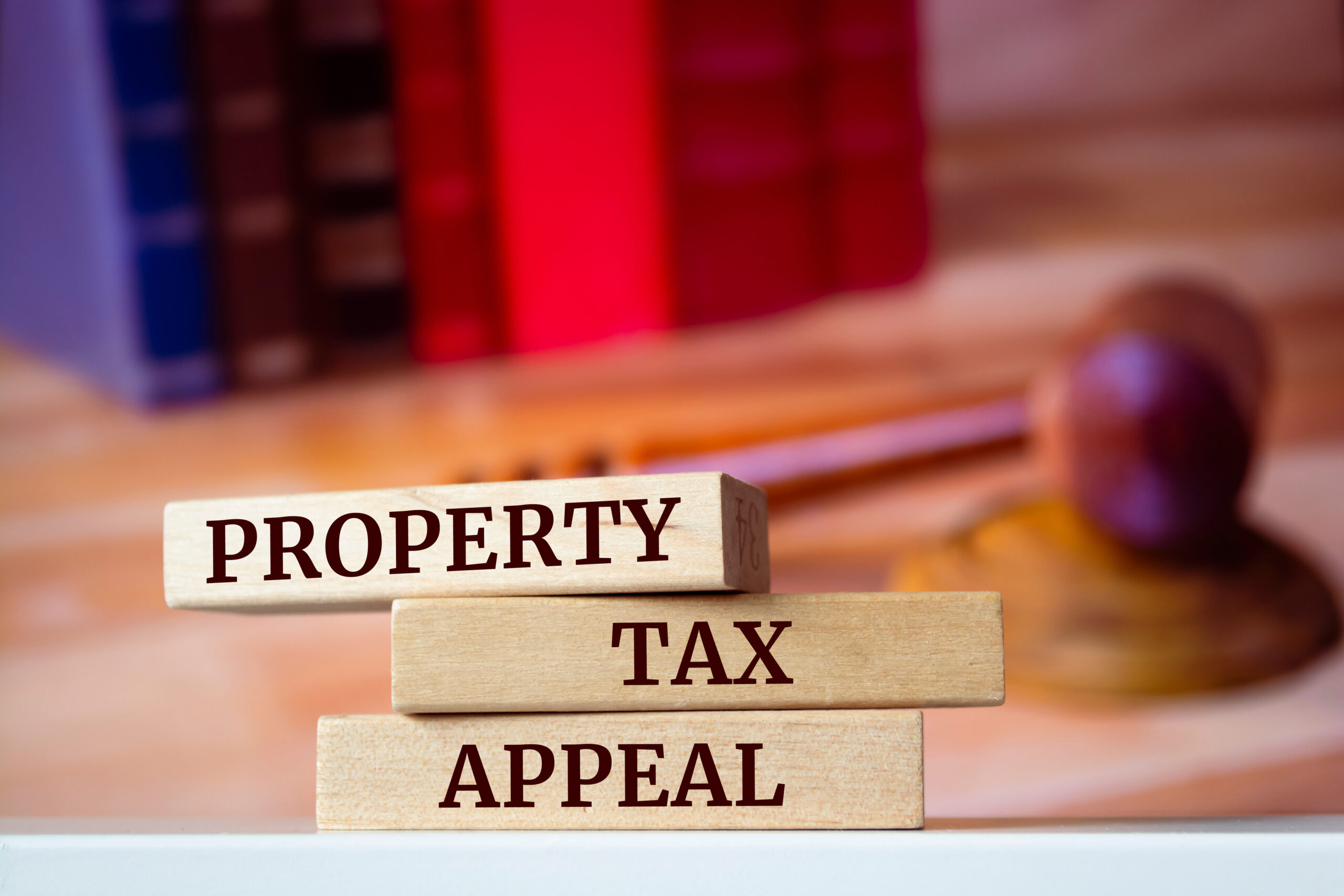Property owners in San Francisco have a right to appeal the assessed value of their properties within a certain window of time and may request tax exclusions when performing certain […]


Property owners in San Francisco have a right to appeal the assessed value of their properties within a certain window of time and may request tax exclusions when performing certain […]

Looking to kick-start housing production in San Francisco, Supervisor Ahsha Safaí recently introduced legislation that would significantly reduce the city’s transfer tax rate – a fee imposed by the city […]

On June 28, 2024, the California Department of Housing and Community Development released its annual determinations under SB 423 (formerly SB 35). Enacted in 2018 (as SB 35), SB 423 […]

This week’s client alert discusses three pro-housing bills sponsored by Bay Area legislators that are pending in Sacramento: Buffy Wicks’ AB 2011 cleanup bill; a bill adding a new streamlining […]

As previously discussed in a February 2024 Update, the Planning Commission has been holding informational hearings concerning its state-mandated implementation actions and zoning amendments identified in the certified 2022 Housing […]

Assembly Bill 648 – HOA Meetings by Teleconference. In an effort to enable greater access to homeowners association (“HOA”) meetings, and enhance HOA members’ ability to participate and comment on […]

On May 6, 2024, a new San Francisco business tax initiative was filed in order to qualify for the November 2024 ballot. The purpose of the initiative is to remedy […]

On March 28, 2024, the Department of Housing and Community Development (“HCD”) issued a Letter of Technical Assistance[1] to the City of Compton that potentially creates a new complication to […]

On April 22, 2024, the Superior Court issued a decision in City of Redondo Beach et. all, vs. Rob Bonta, et. all. This case centered on the legality of SB […]

Assemblymember Buffy Wicks has introduced Assembly Bill 1893 (“AB 1893”) to “modernize” the so-called “Builder’s Remedy” that allows projects with enough affordable units to bypass local zoning requirements when a […]